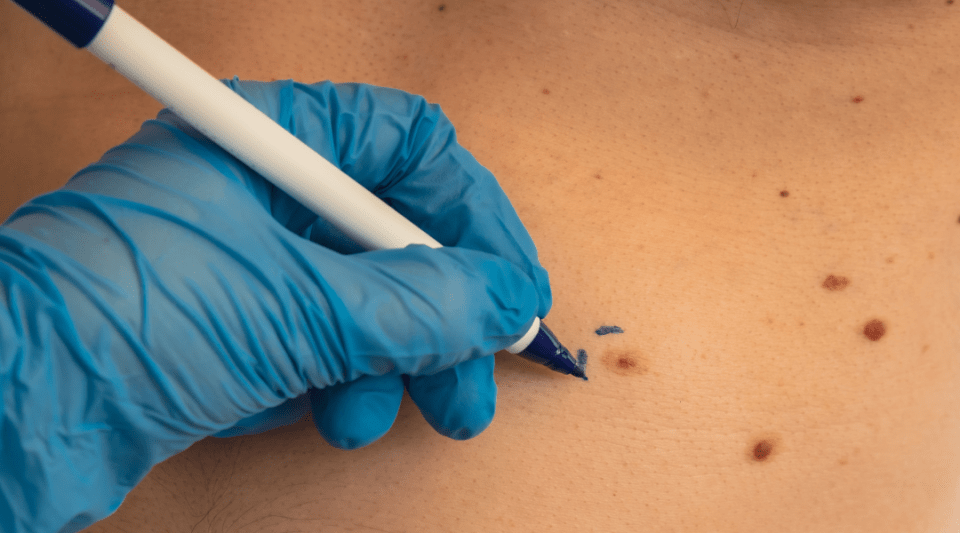Less sunscreen, more vitamin D
The results of the study were clear. Vitamin D levels, as measured by 25-hydroxyvitamin D concentrations in blood, increased as the amount of sunscreen applied decreased.
Only the group that did not use any sunscreen at all experienced a significant increase in vitamin D levels. In contrast, in the group that applied the maximum amount (2 mg/cm²), the increase was not statistically significant.
Can this be applied to real life?
The authors of the study raise an important point. If sunscreen were used exactly as recommended—applied generously, reapplied every two hours, especially when using high-SPF products—vitamin D production could be affected.
However, the conditions of photoprotection in real life are not as controlled as in the studies. Most people do not apply the full recommended amount, often spreading it unevenly or only on certain areas of the body. As a result, some UVB rays still reach the skin, allowing for sufficient vitamin D production.
Therefore, under normal conditions, regular sunscreen use is unlikely to compromise Vitamin D production. In fact, other observational studies based on real-life behaviour have not found a significant reduction in vitamin D levels among regular sunscreen users.
An open public health debate
The debate on finding the right balance between photoprotection and maintaining optimal vitamin D levels remains an important topic in public health. Health professionals encourage healthy sun protection habits, including using sunscreen to protect the skin from the harmful effects of the sun when the UV index is above 3, helping to prevent skin cancer and photoageing.
To ensure adequate vitamin D production, outdoor activities without photoprotectors is recommended when the UV index is below 3; especially during winter, when vitamin D deficiency is more common. During summer, short sun exposures (10-20 minutes) on small areas of the body like the forearms and face, avoiding peak sun hours are sufficient to synthesise the vitamin D the body needs.
It’s also important to note that high doses of vitamin D can be toxic, and the body stops producing it once the daily requirement is met.
Safe exposure and smart protection
This study reminds us of the importance of protecting ourselves from the sun, while also maintaining optimal vitamin D levels. The balance may lie in avoiding sunburns but allowing brief daily sun exposure, especially during months with less sunlight.
Science continues to refine its recommendations to help us protect our health and improve our quality of life.
INFORMATION DOCUMENTED BY:
Dr Susana Puig, Director of Research at Hospital Clínic Barcelona.






